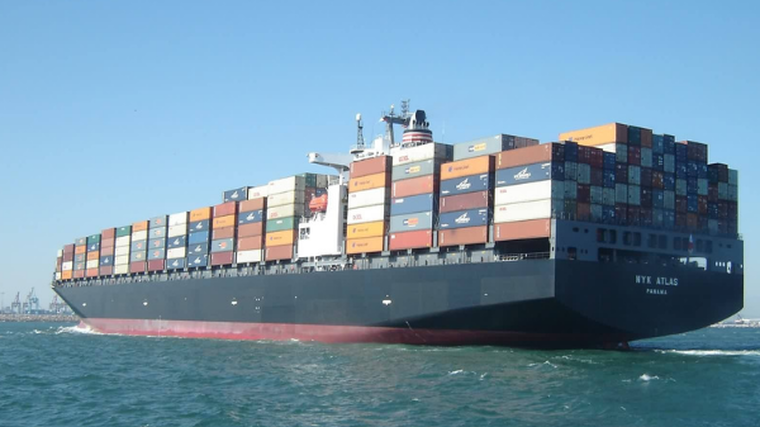Global shipping emissions grow

Total shipping industry emissions increased by almost 10 per cent between 2012 and 2018.
They accounted for 2.89 per cent of total global anthropogenic emissions, according to the fourth International Maritime Organisation (IMO) greenhouse gas study, the executive summary of which was published on March 24.
The data suggests shipping’s share of emissions edged up over the period from about 2.76 per cent of the global total in 2012 as trade grew and other sectors started to curb their emissions.
International shipping’s carbon dioxide (CO2) emissions also increased over the same period, although at a slower rate than the industry overall. They climbed by 5.6 per cent from 701 million tonnes to 740m tonnes.
The study marks the first time the specific emissions share of global shipping has been calculated.
This has been done by using a new voyage-based allocation method that the IMO says “is exactly consistent” with the Intergovernmental Panel on Climate Change’s guidelines and definitions”.
The analysis also confirms that while total emissions have grown, the carbon intensity of shipping improved from 2008-18 – both for international shipping as a whole and for most types of vessels.
Overall carbon intensity, as an average across international shipping, was between 21 and 29 per cent lower in 2018 than in 2008.
Most of this drop was made between 2008 and 2012, with progress on improving the carbon intensity of global shipping slowing markedly in recent years.
Since 2015, average annual improvements have ranged from one to two per cent. The new study marks the first time that carbon-intensity estimates have been included in the IMO’s reporting.
The figures come from the fourth GHG overview from the IMO, the first to be released since the adoption of the IMO strategy on reduction of greenhouse gas emissions from ships in 2018.
This committed it to pursuing a reduction in carbon intensity by at least 40 per cent by 2030, while aiming for a 70 per cent reduction by 2050 when compared to 2008 levels.
Total GHGs from international shipping should be reduced by at least 50 per cent by 2050 compared to 2008, the strategy stipulates, with efforts made to ensure emissions peak as soon as possible and start declining before 2023.
Meeting these targets remains a major challenge, the new study shows.
Emissions from international shipping are continuing to grow on an annual basis and while improvements are being made on carbon intensity, a range of long-term economic and energy business-as-usual scenarios outlined in the IMO’s study suggest shipping emissions may account for 90 to 130 per cent of 2008 emissions by 2050 – far off the target of achieving total emissions reductions of 50 per cent.
Regulations approved at the end of 2020 laid out how ships’ carbon intensity will be measured and assessed as the industry works towards the 2030 goal of reducing carbon intensity by 40 per cent.





